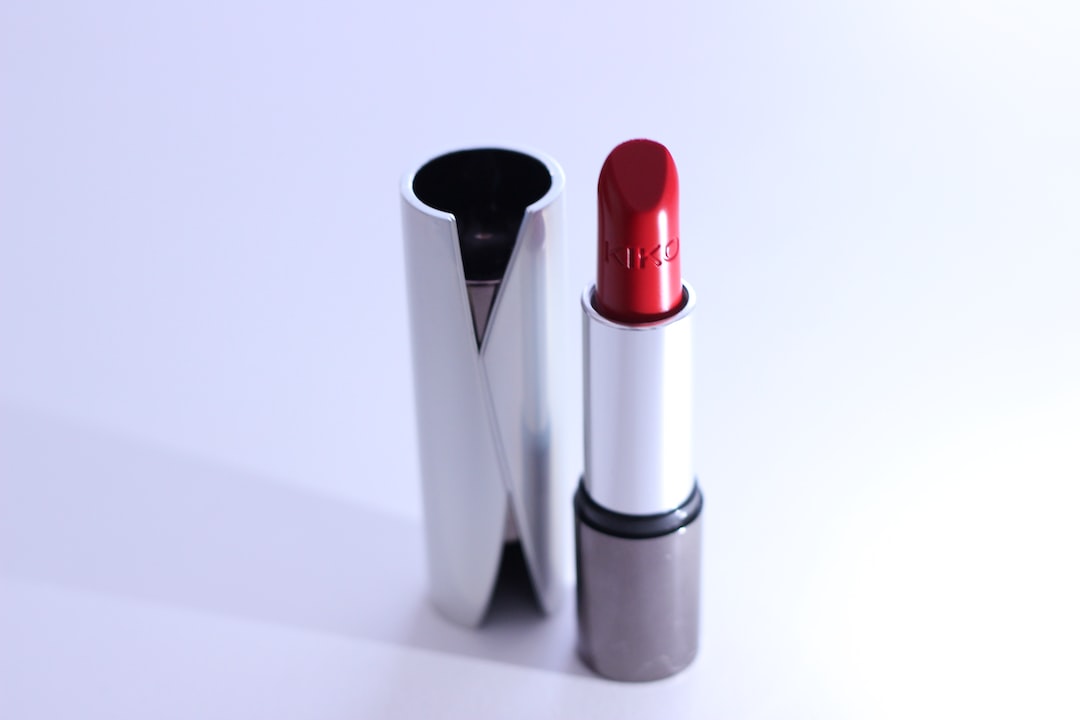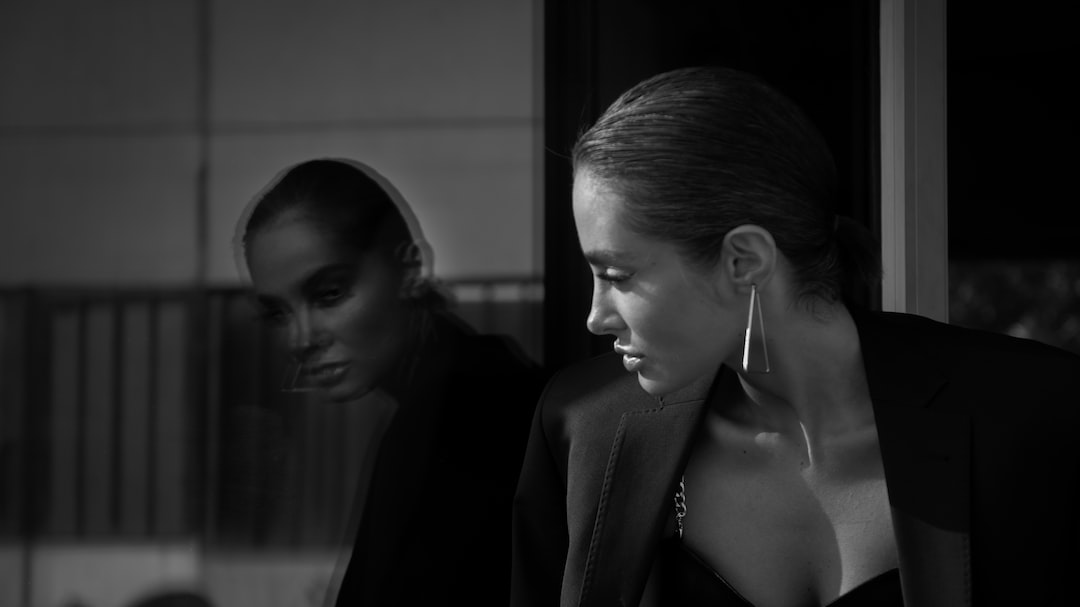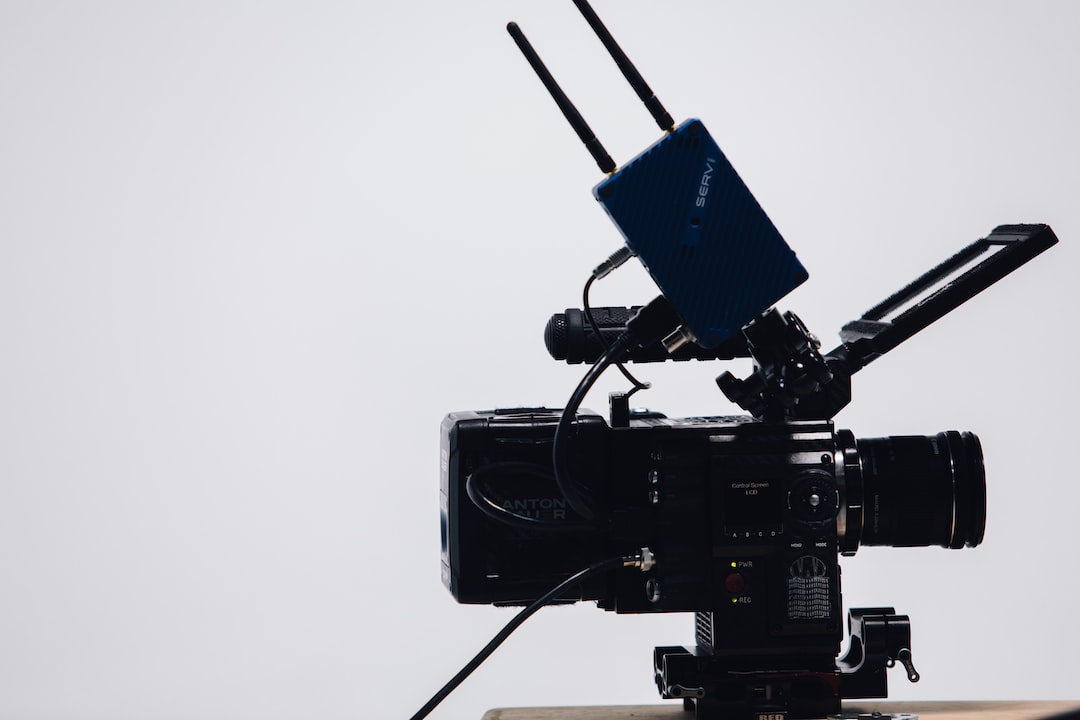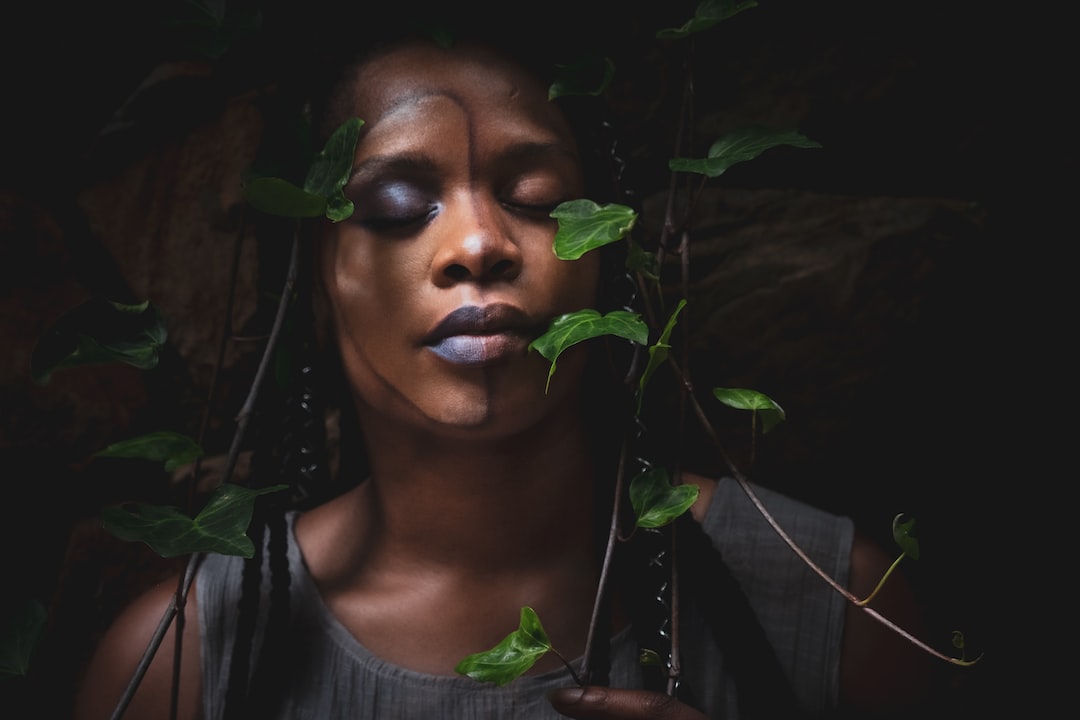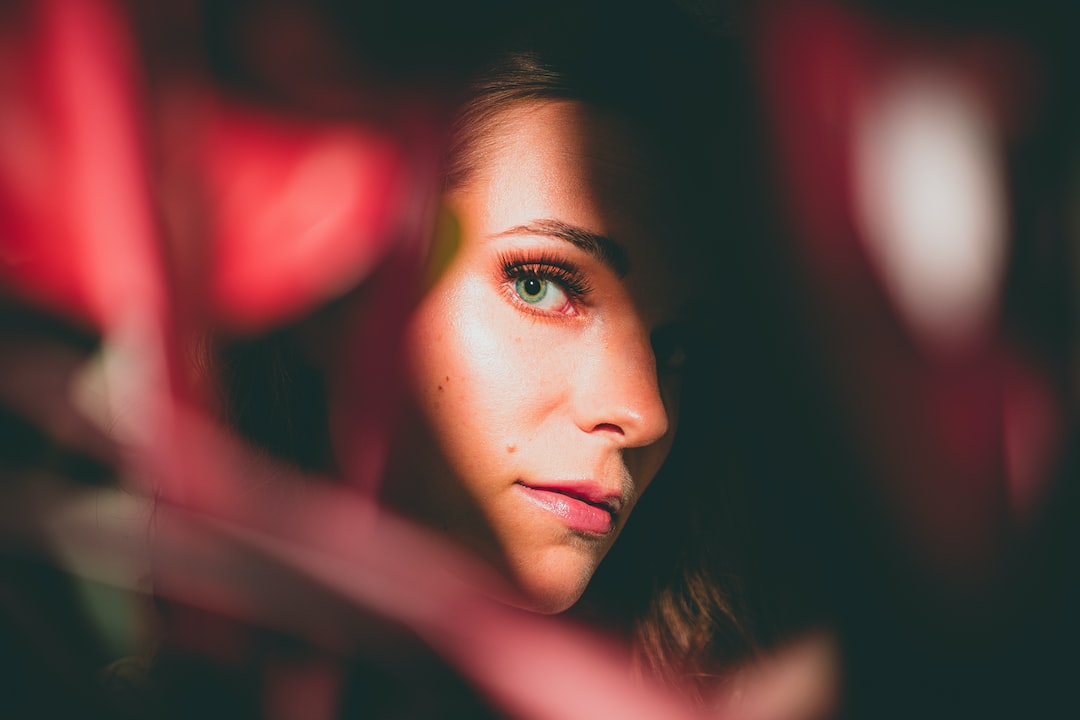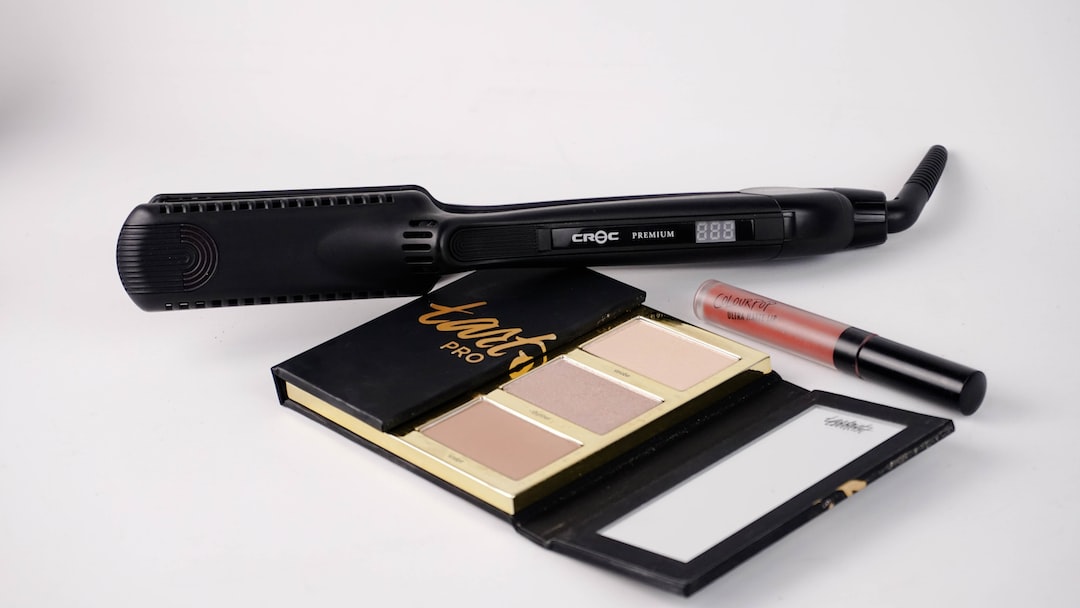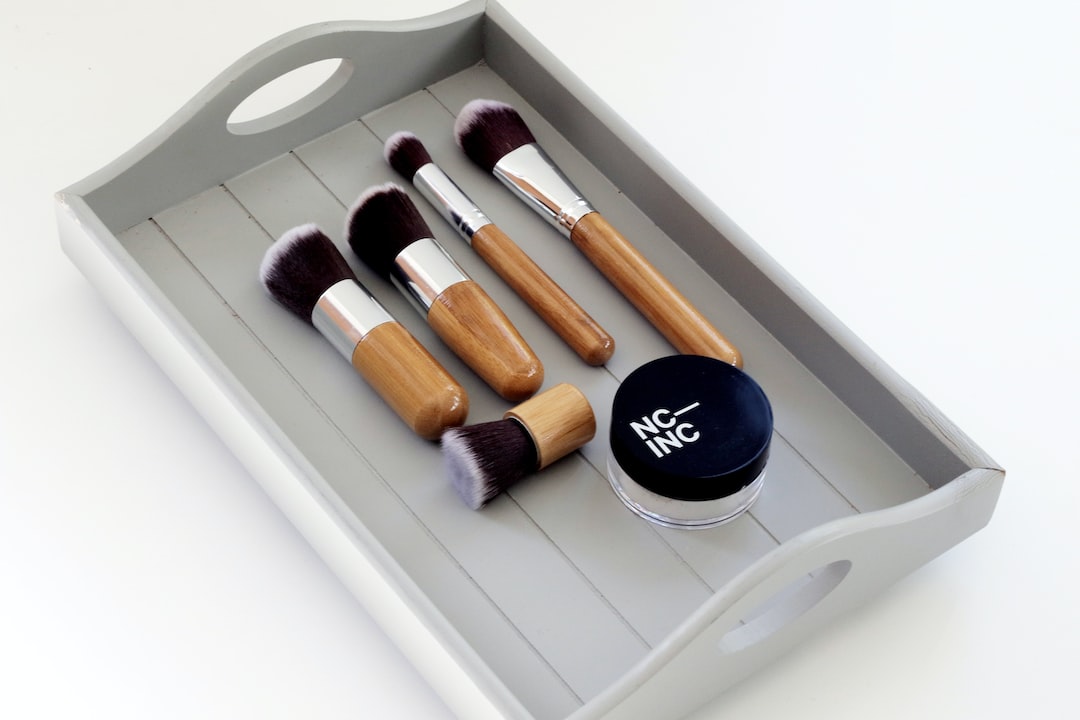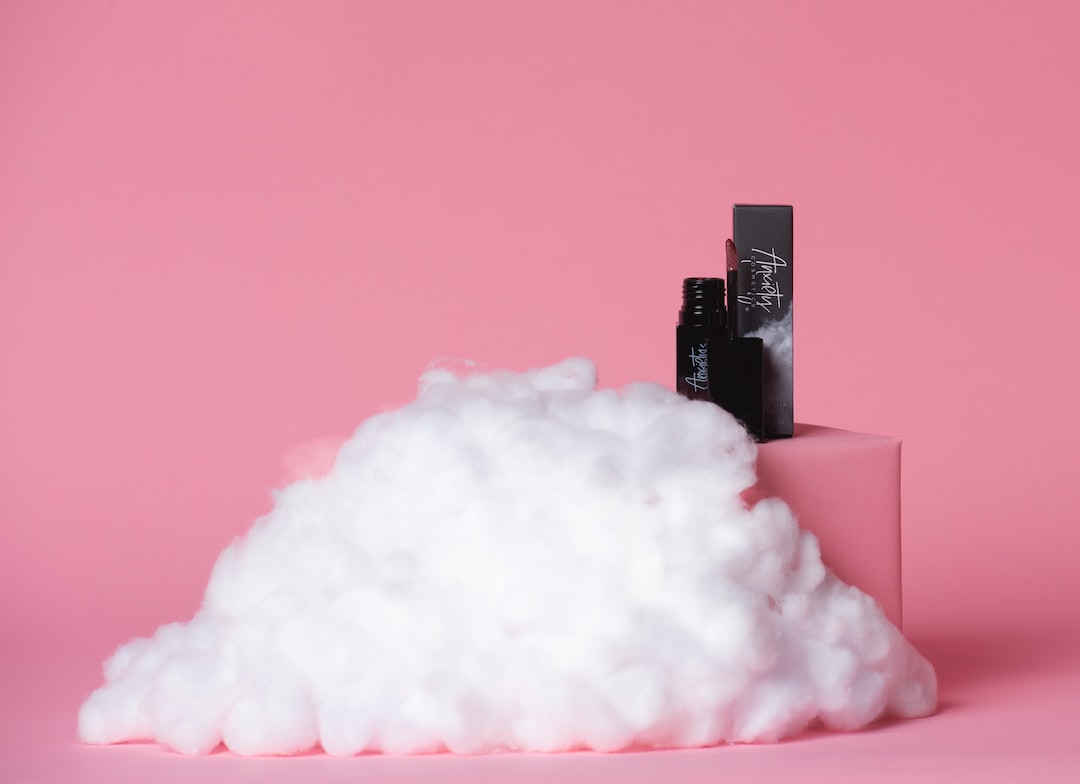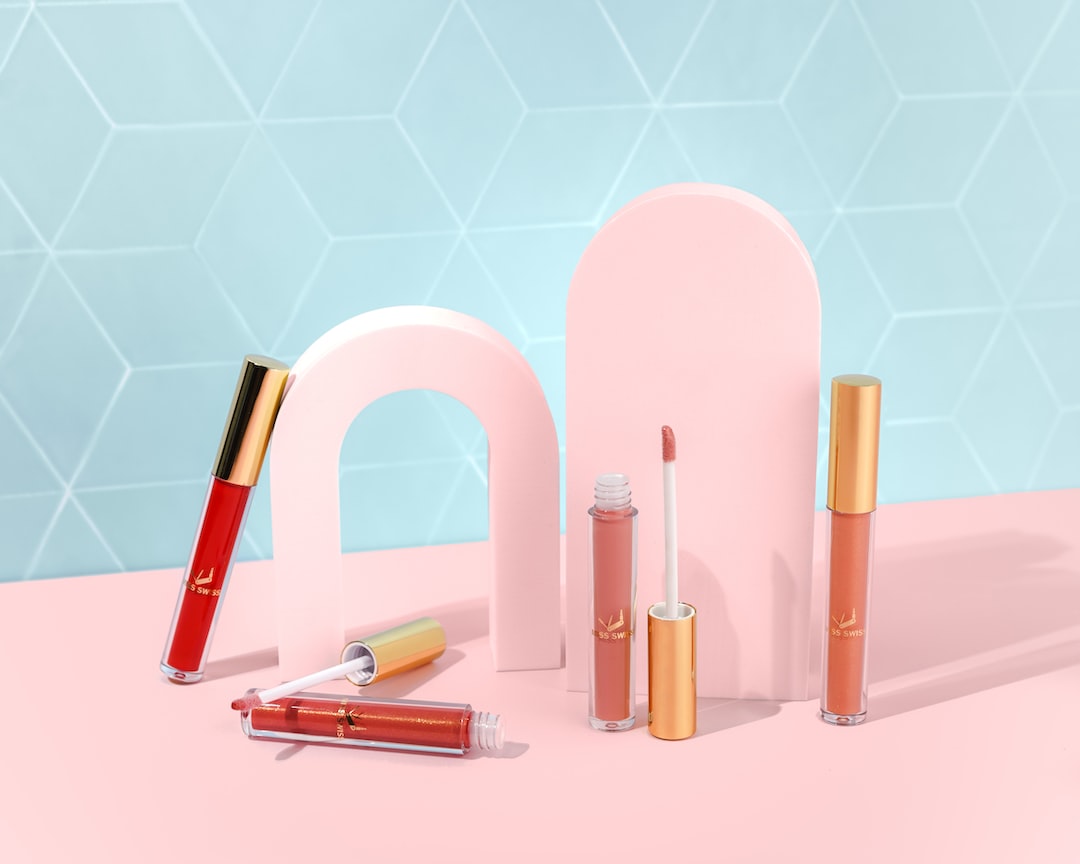Eyebrow tattoo gives them the desired shape, density, and colour and improves the face's appearance. It allows you to use less cosmetics, which saves time. However, it would be best to remember the procedure's nuances and the rules of care for modern permanent makeup.
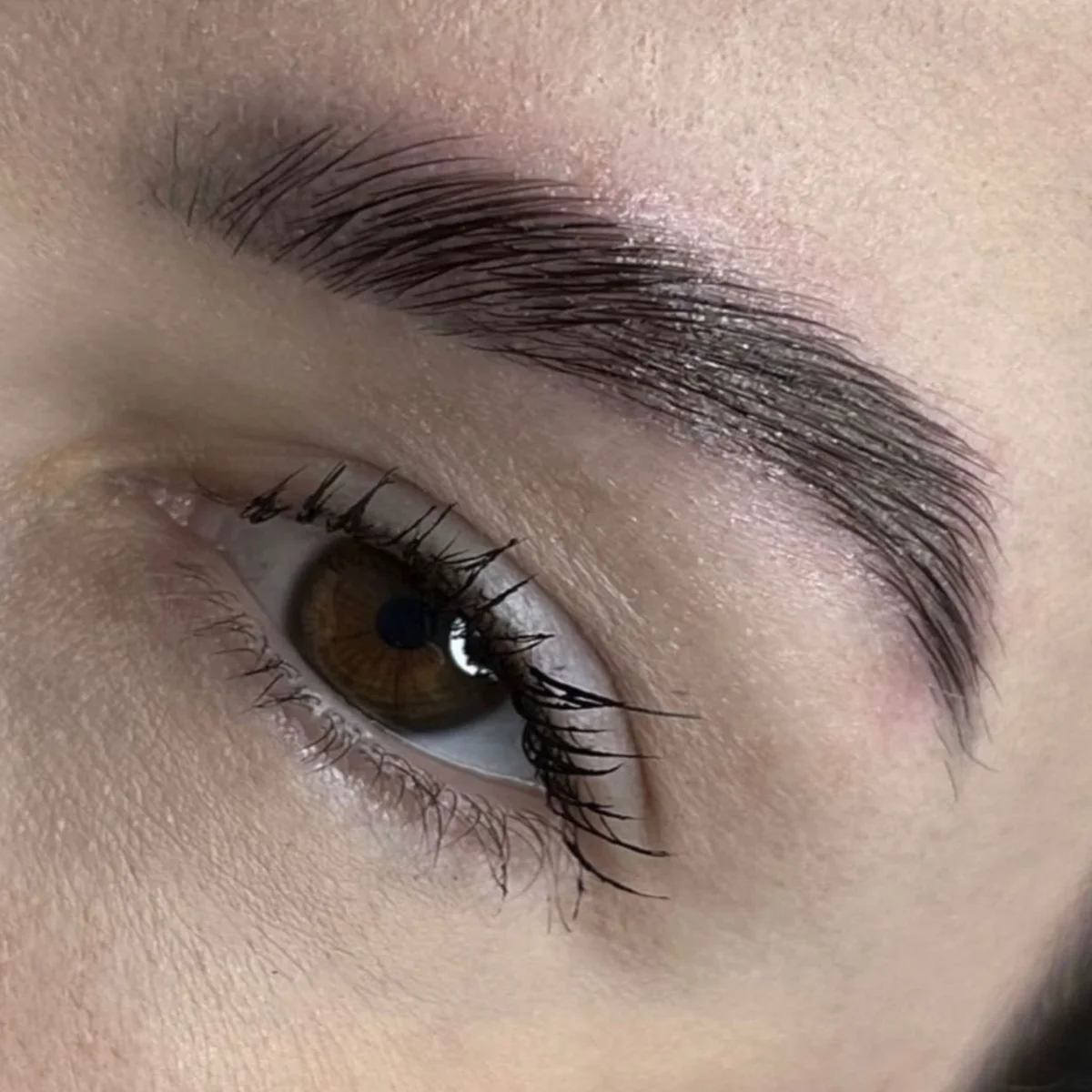
The essence of the procedure
Cosmetologists select the shape and shade of eyebrows then manually or with a machine injecting pigment under the skin. Needles penetrate gently and shallowly; superficial anesthesia excludes painful sensations. Tatuage is not washed off with water and slowly fades in the ultraviolet. Permanent makeup involves a violation of the integrity of the skin. The epidermis is renewed a month after the introduction of pigment.
Difference from conventional tattoos
The main difference is how long eyebrow tattooing lasts. The paint penetrates the skin no more than 1 mm; the contour pales and disappears without a trace over time. Tattoos are hammered to a depth of up to 2 mm; they remain with the owner for life, forEach of these procedures uses apparatus and needles of a different type. Also, tattooing requires routine correction, carried out once every 1-1.5 years. The area filled with colour when performing tattooing is much smaller than the size of an average tattoo, and the number of shades is severely limited, which makes the process less painful and prolonged.
Types of eyebrow tattooing
There are three main types of tattooing; the choice depends on the desire of the client and the state in which his eyebrows are.
Hair technique
The technique is also referred to as brow tattooing. Each hair is drawn out by a specialist separately. The European variation of this technique involves parallel shading with lines of equal size. According to the Eastern or Asian method, hairs of different lengths and thicknesses are depicted more freely, imitating natural growth.
Powder blending
The pigment is applied in spots of the desired shape. This makes the eyebrows more dense, with a precise contour, like after using shadow or pencil. There are three ways of introducing the colour:
Shotting - the contour is completely painted with the chosen colour. The pigment is applied layer by layer, gradually reaching the desired saturation. Some clients prefer this approach, although the result will not look natural.
Shadow pigment - the shape of the eyebrow is filled with the desired colour, and the contour edges are blended. Small scars and gaps in hair growth become invisible.
Voluminous eyebrows - to achieve even greater realism, several shades of pigment are used.
Manual tattooing (microblading)
Performed by a cosmetologist manually, without a machine. The master makes incisions imitating hairs with a pen-manipulate and implants the paint into the upper layer of the skin. Cosmetologists recommend this method as gentler: swelling subsides quickly, and the recovery period is shorter than other types of tattooing.
Which type of permanent makeup is better
The choice of technique depends entirely on the client's initial data. People with light hair and thin skin are recommended hair methods, and dark and thick eyebrows are appropriate to make dense, brightly outlined with the help of extensions. Microblading suits everyone; skin healing is faster, but the effect lasts up to 2 years. Other types of permanent retain their original appearance for up to 5 years.
Often, methods are combined to achieve the desired result.
How tattooing is done
The specialist should assess the condition of the client's eyebrows, hair colour, and skin features and describe how the procedure is carried out. At the end of the examination, the master offers a sketch of the work and agrees with the client. Before visiting the salon, it is not necessary to paint your eyes and use foundation.
Preparatory stage
The area of makeup application is disinfecting, unpacking consumables, and preparing tools. Superficial anesthesia is carried out.
Coordinating the sketch of the form of eyebrows
The classic shapes of eyebrows include:
arched;
ascending;
straight;
kinked;
hut;
curved.
The cosmetologist will determine the type of face and offer the ideal contour depending on the client's external data. Curved eyebrows look favourably on a round face and soften sharp features. Straight are suitable for elongation, making them more proportional, and eyebrows with a bend are suitable for square and rectangular types.
The master draws the contour and selects the colour. If the client knows exactly what shape he wants, he applies it with a cosmetic pencil. This responsible stage may take longer than the direct stuffing of pigment under the skin. The client makes the final decision or asks to adjust the lines. The excess hairs are removed.
Pigment application process
The master conducts hardware or manual colouring, injecting pigment into the upper layer of the skin. The eyebrows are shaped one by one, one area at a time. Pigment application lasts about 40 minutes, depending on the technique of execution. The cosmetologist may additionally apply anesthetic composition several times during the work.
Final touches of the procedure
Before finishing the colouring, the client evaluates the intermediate result. The length and width of the eyebrows are finalized. The entire intervention area is disinfected again.
Proper eyebrow care
Even though tattooing is not a tattoo, it must be cared for in the first weeks after the intervention. Otherwise, its appearance can change for the worse.
Immediately after the procedure
Swelling and redness of tissues is a normal reaction to their damage. After the anesthesia stops working, discomfort may occur. The blood released on the surface forms crusts that protect the skin from mechanical trauma and temperature differences. Healing under them takes place naturally.
After a few days
In the first week, it may seem that the colour of the pigment is too bright, but in the process of getting used to the skin to the new state, it will change. At this stage, inflammation and allergic reactions are not excluded.
After complete healing
Usually, swelling, redness and crusts disappear in 2 weeks. The final correction is carried out a month after the first procedure. The master must check the result of the work to schedule a second visit. He will correct the contour, fill the gaps, and achieve the desired tone in different areas.
What not to do
Please do not touch the eyebrows until completely healed: rubbing with a washcloth, dyeing, scratching. For a week, the place of application can not be wiped with any liquids except disinfectants that do not contain alcohol. Do not go to the sauna or gym, as sweat corrodes the damaged tissue.
To avoid burns and complications, fresh permanent makeup should be protected from direct sunlight and frost.
How healing occurs by day
It is essential not to make mistakes when caring for the tattoo area. Follow the following step-by-step recommendations:
- On the first day, the skin looks swollen and irritated. Drops of lymph and blood are released, which can be carefully blotted with a napkin or cotton disk. Ask the master to recommend remedies that relieve these symptoms to make the process easier. Allergies and soreness may occur. If unpleasant sensations cause severe discomfort, it is allowed to take an anesthetic. It is necessary to disinfect the tattoo with alcohol-free solutions every 3 hours.
- On the second day, the swelling subsides. The wounds dry up; crusts begin to appear. The eyebrows seem too dark at this point because the pigment is partially released with the blood. Treatment with antiseptic and healing ointment is carried out.
- On the third day, when the eyebrows are crusted over, you can gently wash your face without scrubs or loofahs. The damaged skin remains protected by the crusts and is less vulnerable.
- Until the seventh day, there is itching that accompanies proper healing. Touching the forehead and eyes should still be avoided. Crusts begin to fall off, and in case of accidental removal or wound formation, it is necessary to treat the injured area with antiseptic.
- In the second week, the skin heals, it is allowed to start using cosmetics. Precise contours of the eyebrows emerge, and it becomes visible how correctly the pigment has been applied.
- Healing is completed after the 14th day and up to the 30th day. Naturally, the colour is finally formed, and the contours become softer. All defects are corrected at the subsequent correction.

How long the effect of tattooing lasts
Under favourable circumstances, brightness lasts for five years. The term depends on a combination of several conditions relating to the actions of the master and the client. The specialist should exclude infection of the damaged skin during the introduction of paint, advise suitable means for healing, and give the right advice if an allergic reaction begins. In turn, the client should follow all the recommendations of the eyebrow artist regarding tattooing.
The change of dye also affects how long permanent eyebrow tattoo makeup lasts. Organic pigments fade faster than mineral dyes, but the latter may be of poor quality and give an unnatural shade. Light colours will fade earlier than dark colours.
The dye degrades faster on a client's skin with high immunity and fast metabolism. Older women with dry, fading skin have a better chance of keeping permanent makeup for a long time than younger women.
When to do a correction
A month after the procedure, you can judge the brightness, correctness of contours, and uniformity of colouring. If the result is not satisfactory, it is recommended to consult with the master to outline a plan for further action. Adding saturation, width or length is more accessible than removing the excess.
After a year, the pigment will begin to lose its original tone, and the beautician will perform the first scheduled correction if necessary.
Who is not allowed to have the procedure done
Eyebrow permanent is prohibited in cases of:
- HIV, hepatitis C;
- the presence of diabetes mellitus;
- problems with blood clotting, temporary or permanent;
- acute respiratory infections, diseases of ENT organs;
- acute mental illness;
- oncology;
- exacerbation of skin diseases;
- tendency to keloid scar formation;
- lidocaine intolerance;
- if the client is under 18 years of age;
- high blood pressure;
- rheumatoid arthritis;
- previous chemotherapy.
Comparison of before and after results
The purpose of permanent eyebrow colouring is to improve their appearance. Regardless of what shape was chosen, the result should be evaluated according to the following criteria:
- width and length do not exceed the desired;
- natural look;
- there are no spots, gaps;
- the contour is even, well-guessed;
- the pigment has not acquired an unnatural shade;
- eyebrows are symmetrical.
It can be combined with other procedures.
Botox injections help correct the face's shape, smooth fine lines around the eyes, and correct eyelid drooping. Often, this procedure is planned together with the application of tattooing. In this case, permanent makeup is done in advance to exclude asymmetry of the eyebrows.
If Botox has already been done, you must wait 2 to 4 weeks. During this time, the drug will adapt to the tissues; the skin will smooth out, and the muscles of the face will change shape. If you do tattooing immediately after injections, it can blur or lose its shape.
Any peeling in the presence of tattooing can be carried out, only sealing it with a stick. The abrasive should not come into contact with the area of pigment introduction.
Going to the solarium is allowed a month after the procedure, providing complete healing. Ultraviolet negatively affects the colour of pigment; protecting tattooing can be stickers or cream with SPF 40, following the contours of application.
